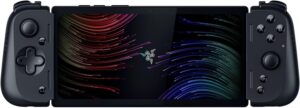The Razer Edge asks a lot of niche gamers looking to get an admittedly premium experience from Android gaming.
Razer Edge gaming tablet review
While my heart belongs to PC gaming, the reality is I dabble in all forms of gaming: Xbox, PlayStation, Nintendo Switch and Android. For Android gaming, I almost exclusively play on a Samsung Galaxy Tab S7 Plus for the extra screen real estate, particularly when my none-too-tiny thumbs otherwise get in the way of on-screen touch controls. This is where the Razer Edge steps in to offer a compact gaming-focused Android tablet with an included Kishi V2 Pro controller. The result is a mixed bag, though, and your mileage will ultimately be determined by how much value you place on playing Android games.
How much does the Razer Edge gaming tablet cost in Australia?
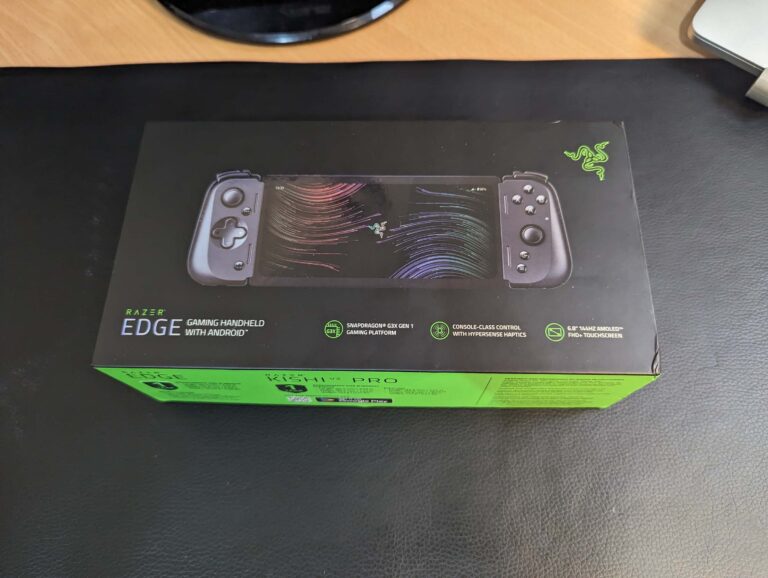
The $889.95 RRP is, by far, the thing that looms most over the Razer Edge. While that cost covers the Edge Android tablet and a Kishi V2 Pro controller ($229.95 RRP), that price puts this handheld gaming tablet in spitting distance of handheld gaming consoles. The difference? Handheld gaming consoles can play Android games natively or can be modified to do so.
Sure, the Asus ROG Ally is still $400+ pricier but you can nab an entry-level Steam Deck for under $800, which offers far more gaming versatility and can be modified to emulate Android games via MicroSD Windows installation. Admittedly, not everyone wants to tinker with their gaming devices, and the Razer Edge certainly has its appeal for competitive Android gamers or those who just want a console-like handheld experience for mobile games.
Razer Edge and Kishi V2 Pro design and comfort
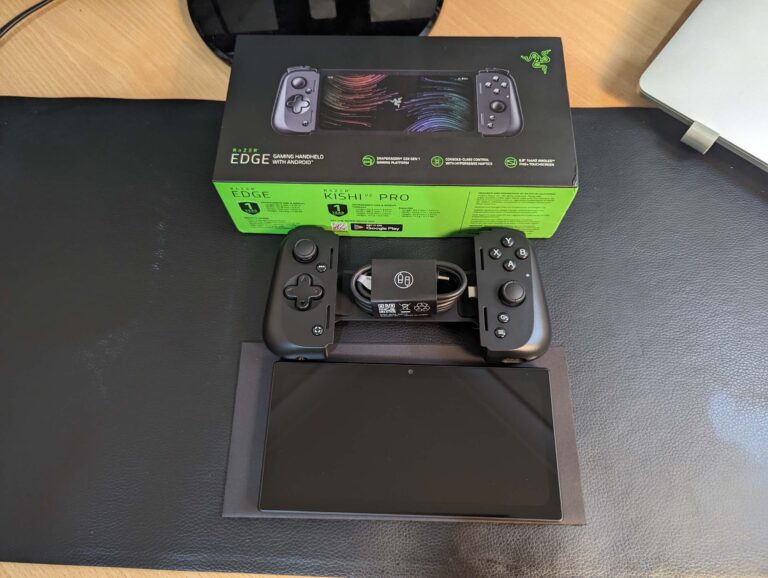
The Razer Edge gaming tablet is a perfect fit for the Kishi V2 Pro controller. It’s a gaming tablet rather than a generously sized cellular-less smartphone because the selfie cam is in the centre of landscape view (rather than portrait), plus there’s no camera on the back. There are, however, six exhaust ports on the back of the Edge that you’ll hear fire up whenever you’re downloading games or playing them.
Admittedly, the sound is a very manageable 45dB at their loudest, and the Edge speakers pump out decent sound once you get past 50% volume On the all-important front side of the Android tablet is a gorgeous 6.8-inch 2400x1080 AMOLED display with a refresh rate up to 144Hz, the latter of which is great news for competitive gamers (and games that support that refresh rate). For everyone else, everything from the main menu to games and videos pop on the AMOLED screen, and I easily prefer it over the Steam Deck’s LCD screen (and that includes the best screen on the 512GB version).
In terms of ports and inputs, it’s the expected fare. There are volume controls and a large power button on top of the tablet. Underneath, there’s a MicroSD port that supports up to 2TB of additional storage to complement the solid 128GB of internal storage. On the right of the landscape tablet is a USB-C port for charging or, more practically, slotting neatly into the Razer Kishi V2 Pro controller. The Kishi has USB-C pass-through charging on the right controller handle and a 3.5mm audio jack on the left, though wire-cutters will appreciate Bluetooth 5.2 connectivity for wireless audio.
What is Razer?
Razer Edge gameplay and everyday use
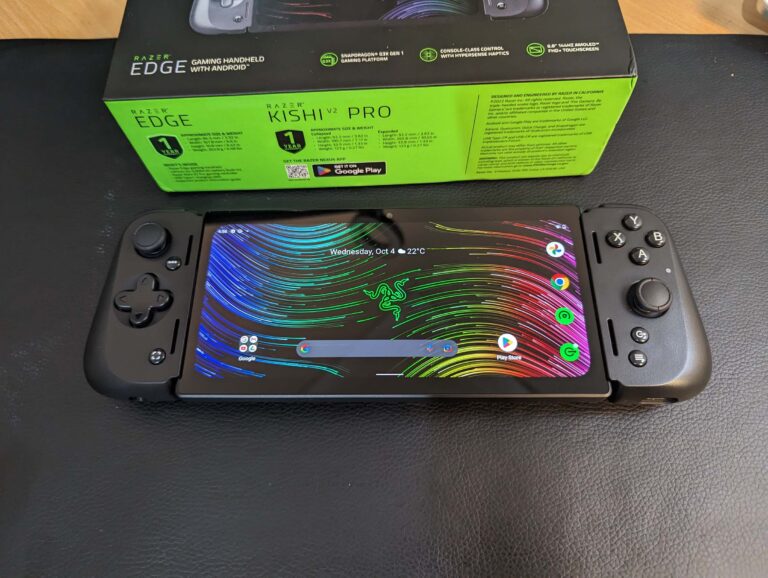
If you’ve used an Android phone or tablet before, the setup will be incredibly familiar. I highly recommend not syncing all of your accounts nor restoring a backup as that’s more intended for phones and everyday tablets more so than a gaming device. Even just adding my Google account meant, by default, I was receiving the same notifications I get on my Google Pixel 7 Pro and tablet, which is incredibly distracting.
Like most screens I’ve encountered, the Edge is a dust and fingerprint magnet. That wouldn’t be so bad if the Kishi would reliably let me input my PIN without getting stuck on the bottom row, but it was faster and infinitely less frustrating to just use the screen. Because it’s a tablet, you can absolutely (and should) pop the Edge out of its Kishi shell for games that don’t support controllers or those played in vertical orientation. It may be an impractical request, but it would’ve been nice if the Edge had a second USB-C port on the top right to support controller play in portrait mode, similar to what Asus does for its ROG Phones (albeit for fan support).
Practically speaking, it meant that mobile games like Vampire Survivors and Mighty Doom are best played without the Kishi connected. This represented an effort hurdle that made me reach for my Galaxy Tab instead, given that also has the benefit of not only a larger display but wider screen real estate in landscape and portrait modes. But the Edge truly shines when it comes to controller-friendly Android games that play in landscape mode.
The always-addictive Dead Cells is as awesome as it’s ever been on the Edge. Shooters, in particular, offer a viable competitive advantage with the Kishi, and I felt bad at times for effortlessly running circles around players in Fortnite for a 19-kill Victory Royale. It really doesn’t feel fair against people playing with touch controls, and that’s something Activision has thought about with Call of Duty mobile: namely, the Kishi doesn’t work unless you also connect a Bluetooth controller. On one hand, that’s great balancing for online players; on the other, it nullifies the all-in-one advantage of the Edge for Call of Duty.
There are other disclaimers, too, like the rounded edges of the screen, which are great for games that don’t push the UI out to the edges, but cut off text and other important icons for those that do. There are certain games, like Knights of the Old Republic, that refused to run for me at all. It also felt odd that a new Android device is on Android 12 instead of 13 or 14. Gripes aside, based on my playing experiences, I estimate more than seven hours of gaming time and clocked just over 12 hours of longevity for video playback all with the Kishi attached. Expect better numbers without the Kishi connected.
Razer Kishi V2 Pro controller comfort and practicality
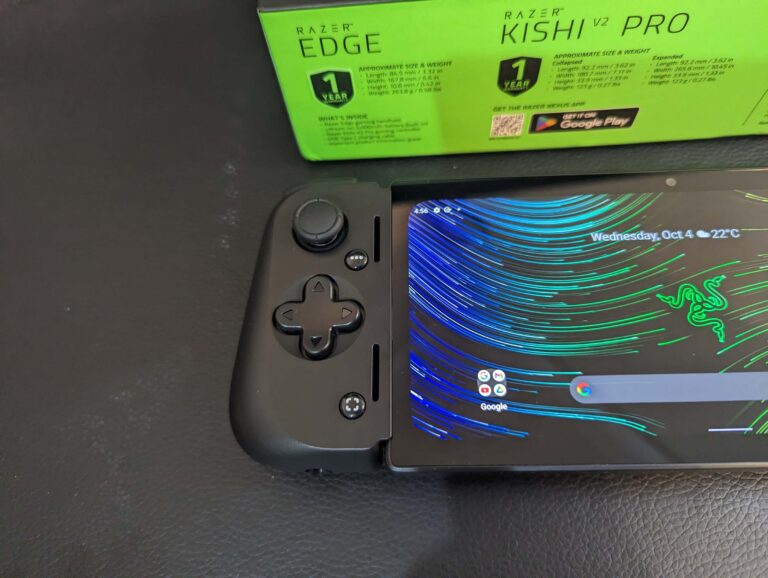
My biggest gripe is with the Kishi V2 Pro controller. When bought separately, that $229.95 controller leaves a lot to be desired. The joysticks feel flimsier than the Steam Deck alternatives as well as PlayStation and Xbox controllers. Following the Switch design logic, the right joystick sits in the middle rather than the top of the controller.
While that feels natural for an Xbox controller with an angled handgrip, it feels awkward for straight handgrips, more so when you’re playing a game that’s heavily reliant on also using the four face buttons. I also experienced instances of unreliable connectivity, which were fixed by disconnecting and reconnecting the Kishi, and one instance where the USB pass-through failed to charge the Edge.
I do, however, love the dedicated screenshot button and dual programmable macro keys that are an easy reach from the Kishi’s triggers. As much as I dislike the joysticks, I do appreciate the snappy responsiveness of the Kishi care of a wired USB-C input. Given I don’t tend to play mobile games for more than a couple of hours at a time, it was a mostly comfortable experience throughout my sessions.
Is the Razer Edge gaming tablet worth buying?
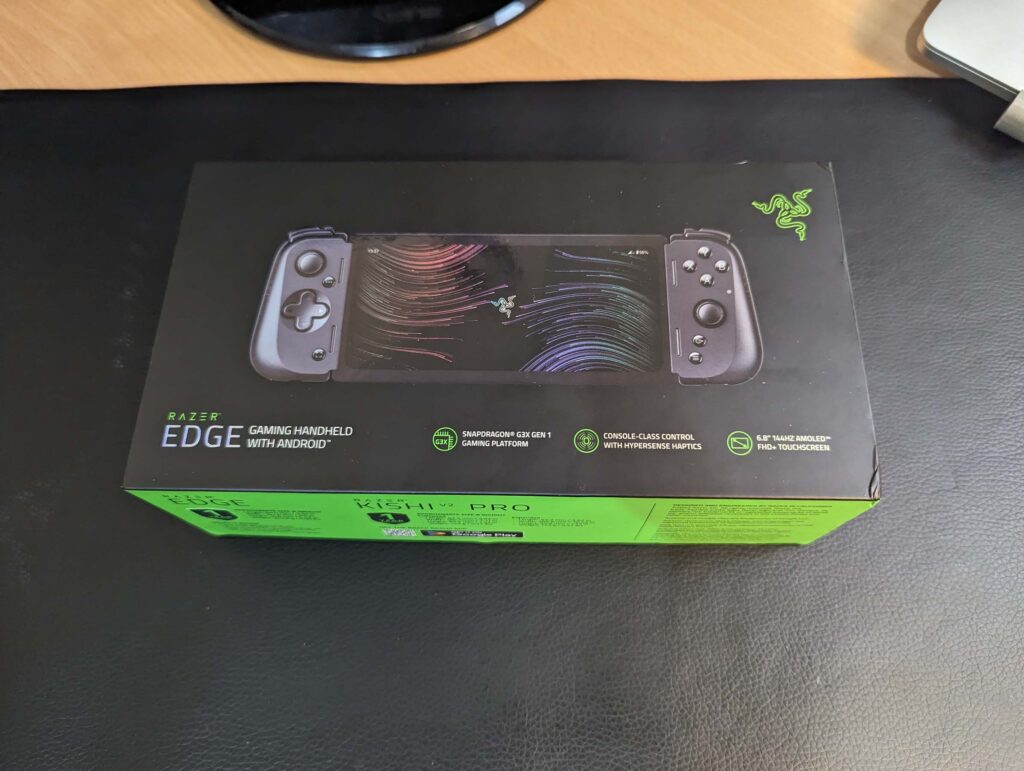
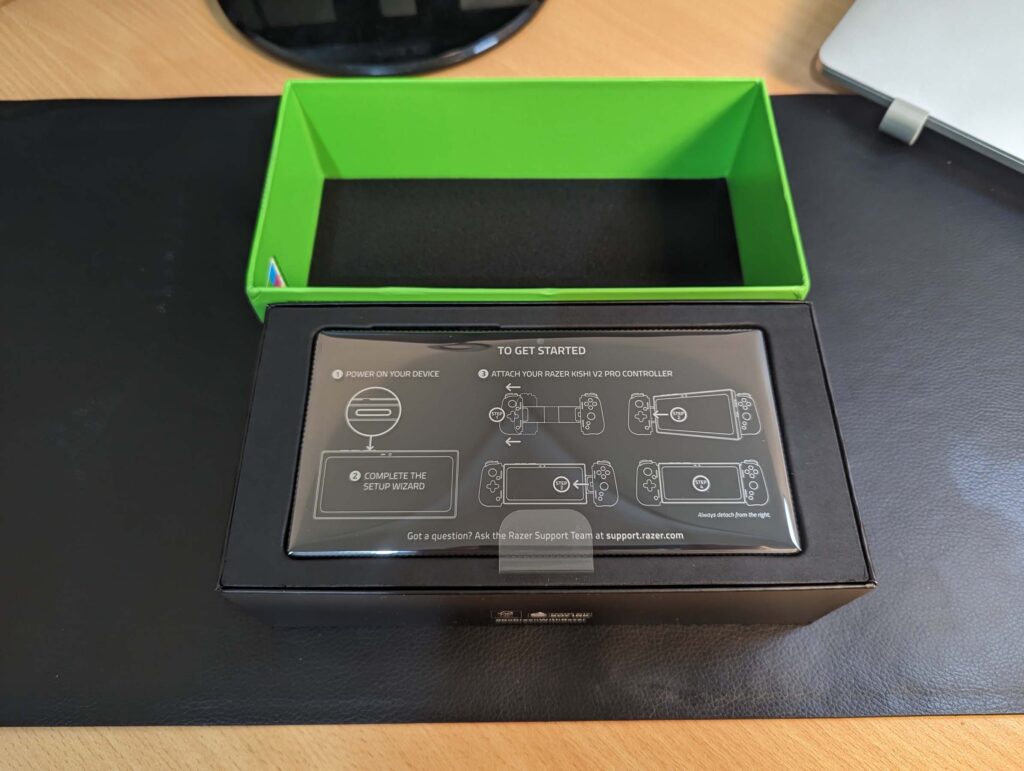
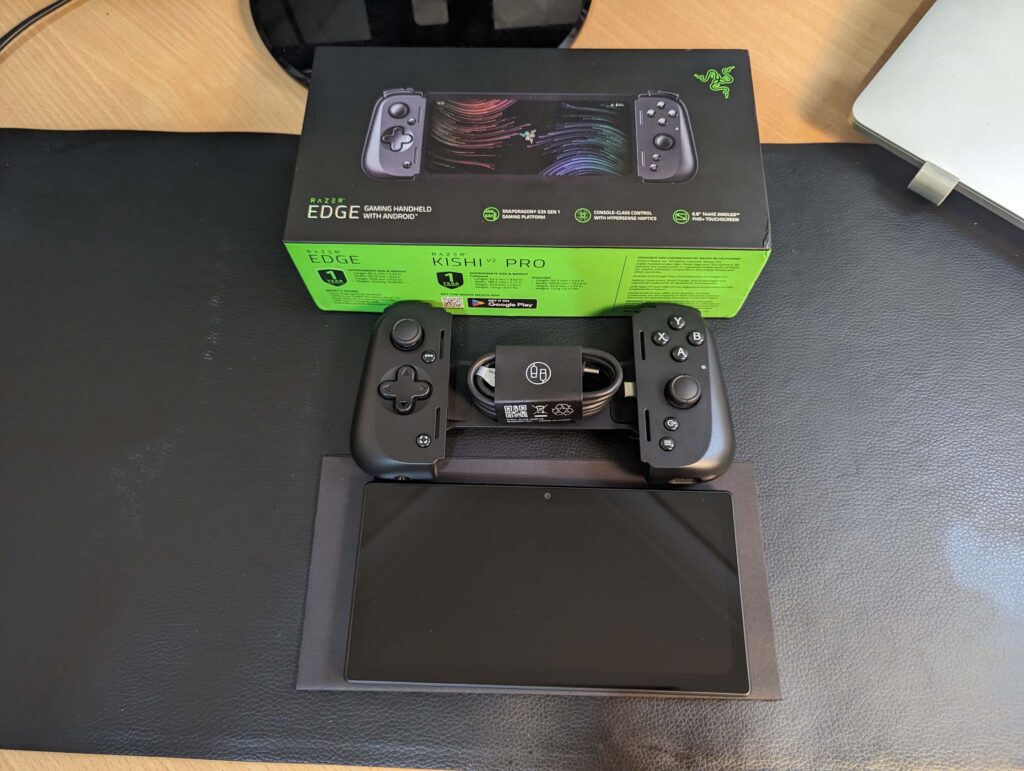
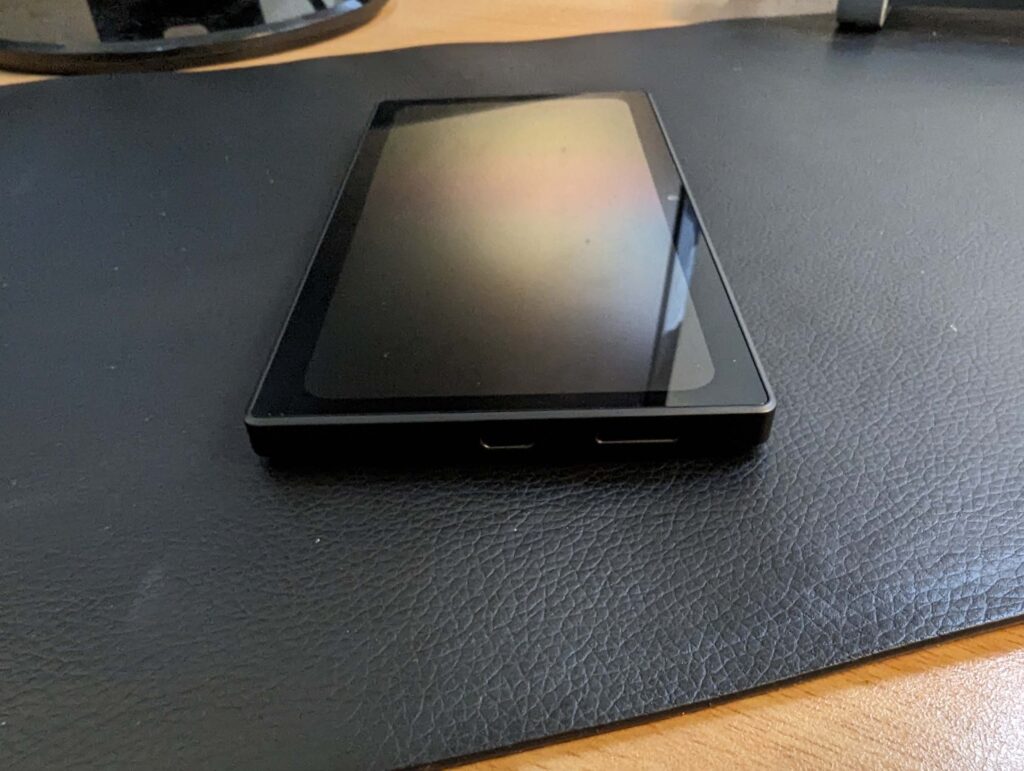
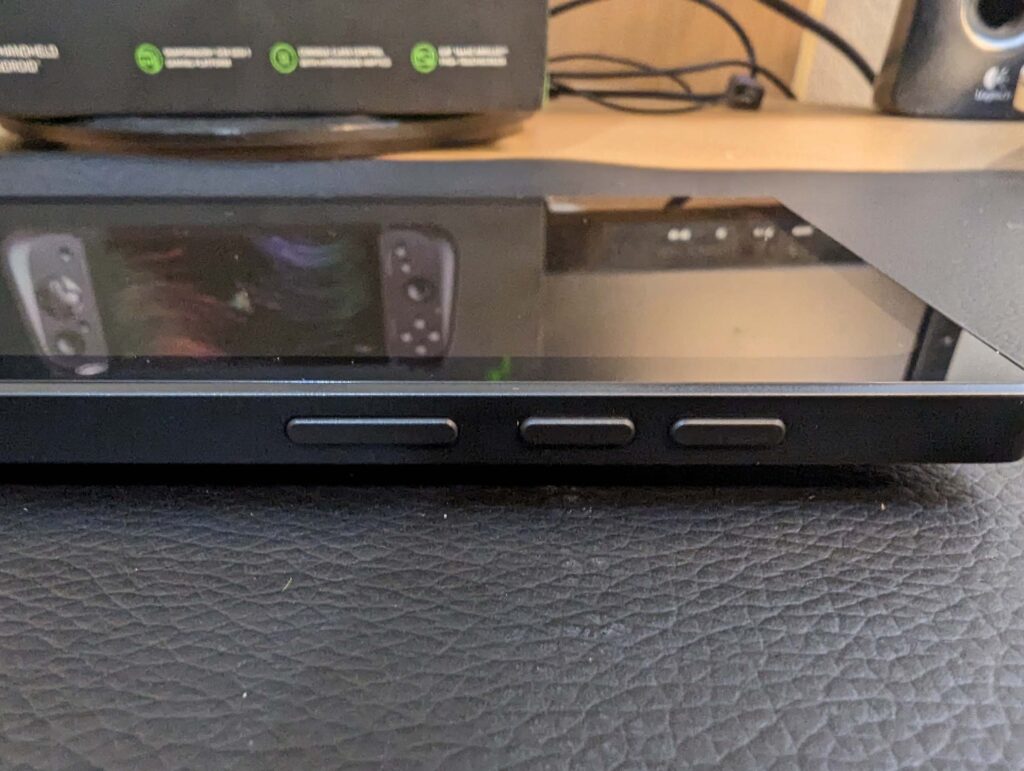
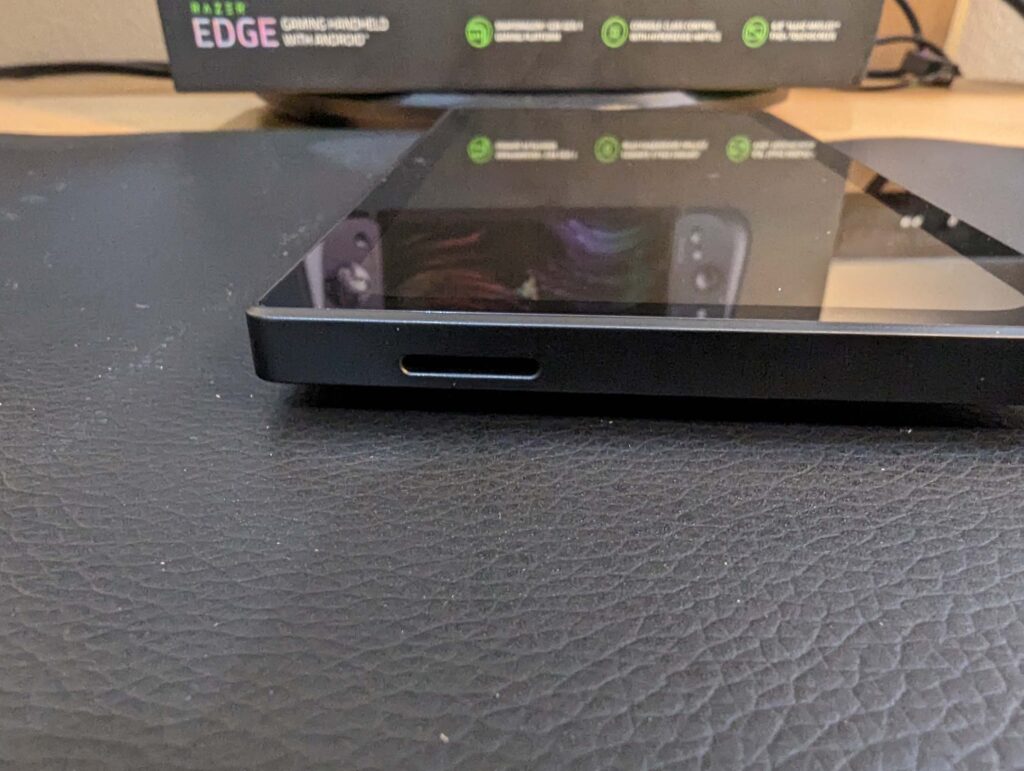
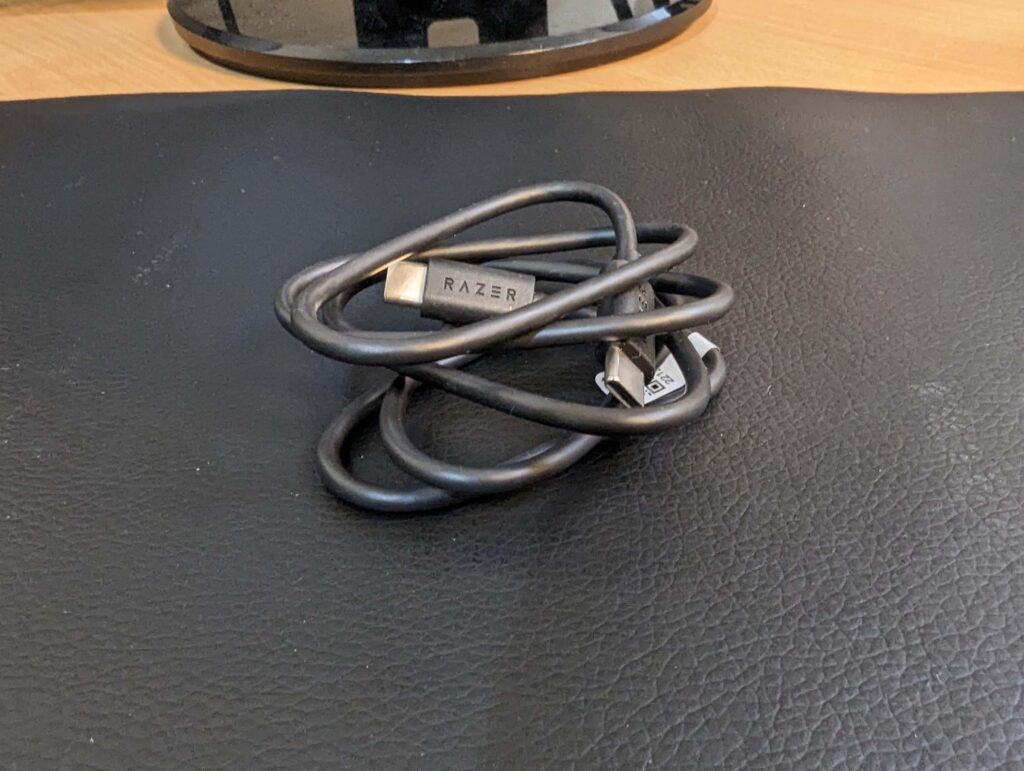
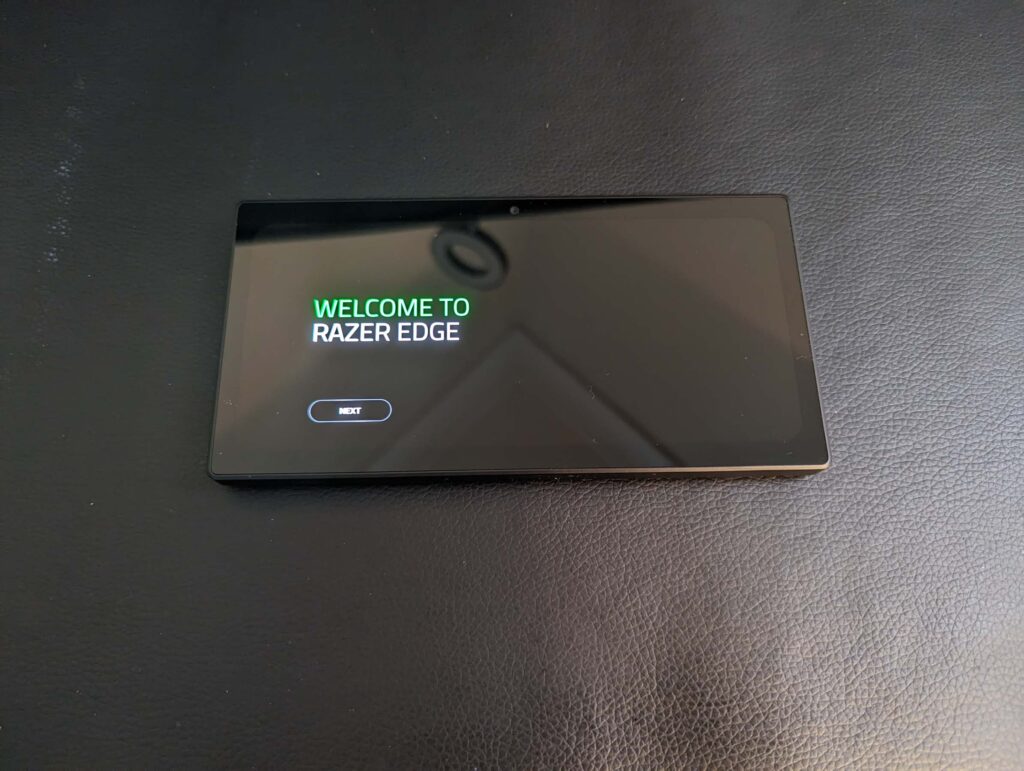
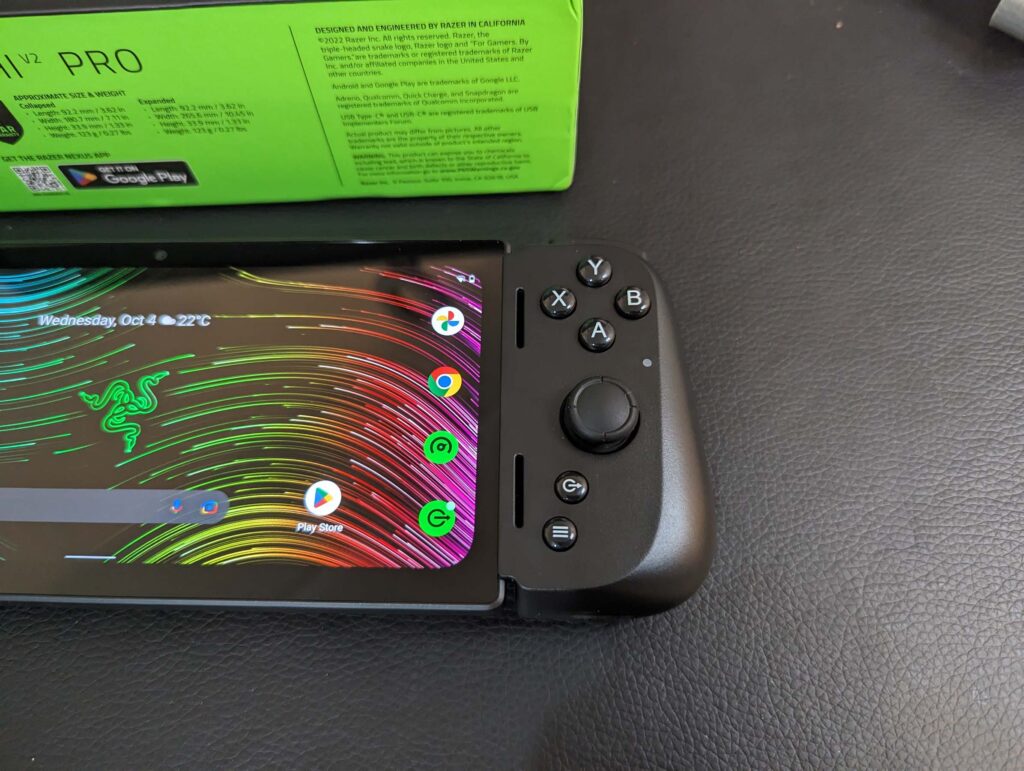
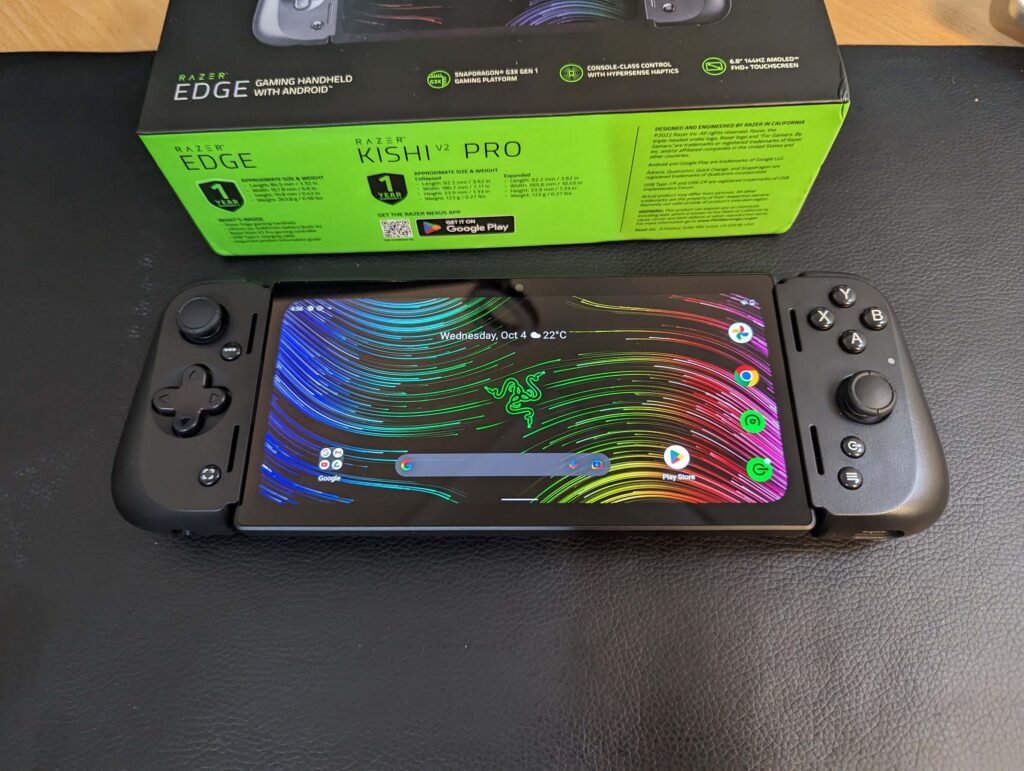
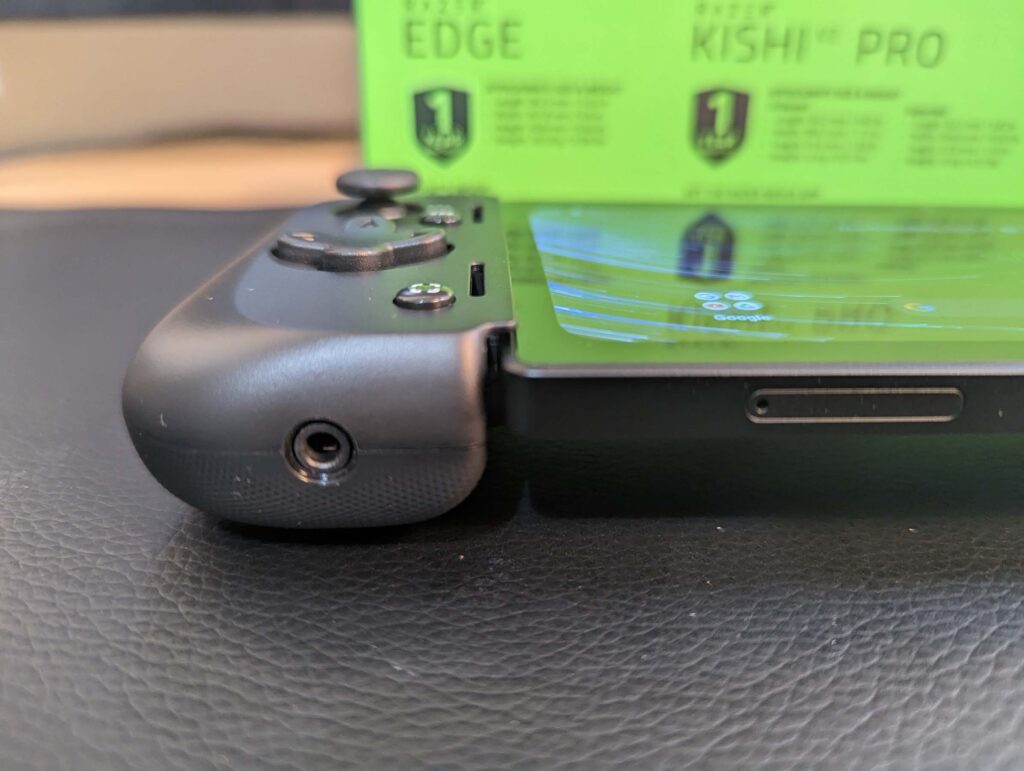
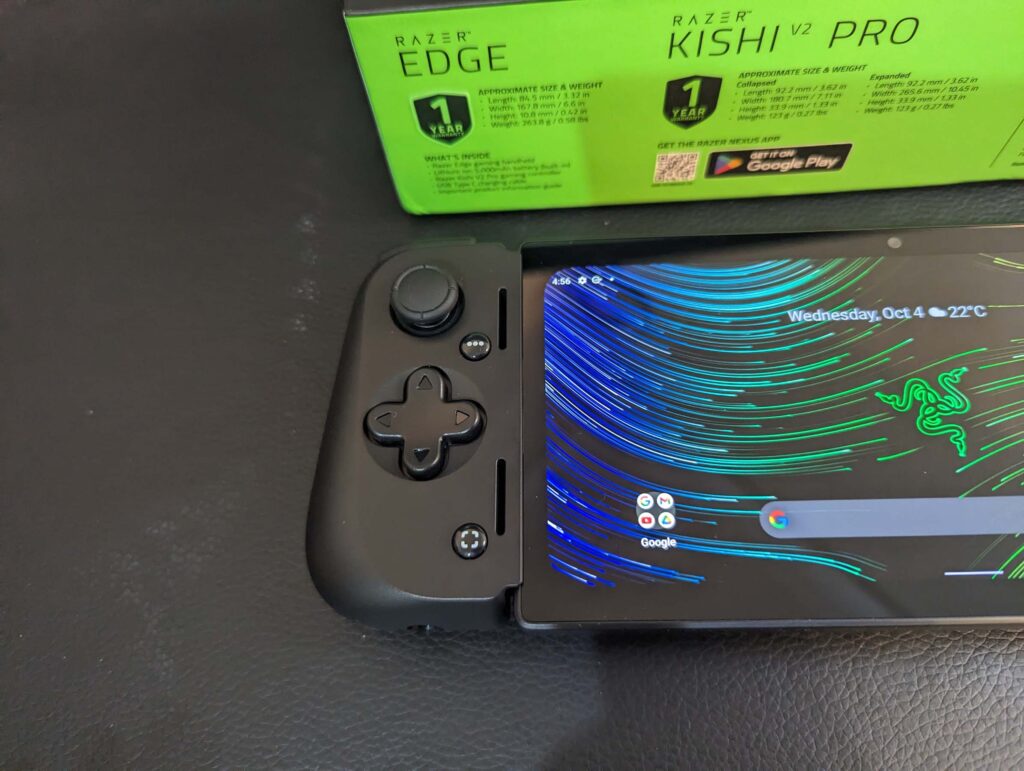
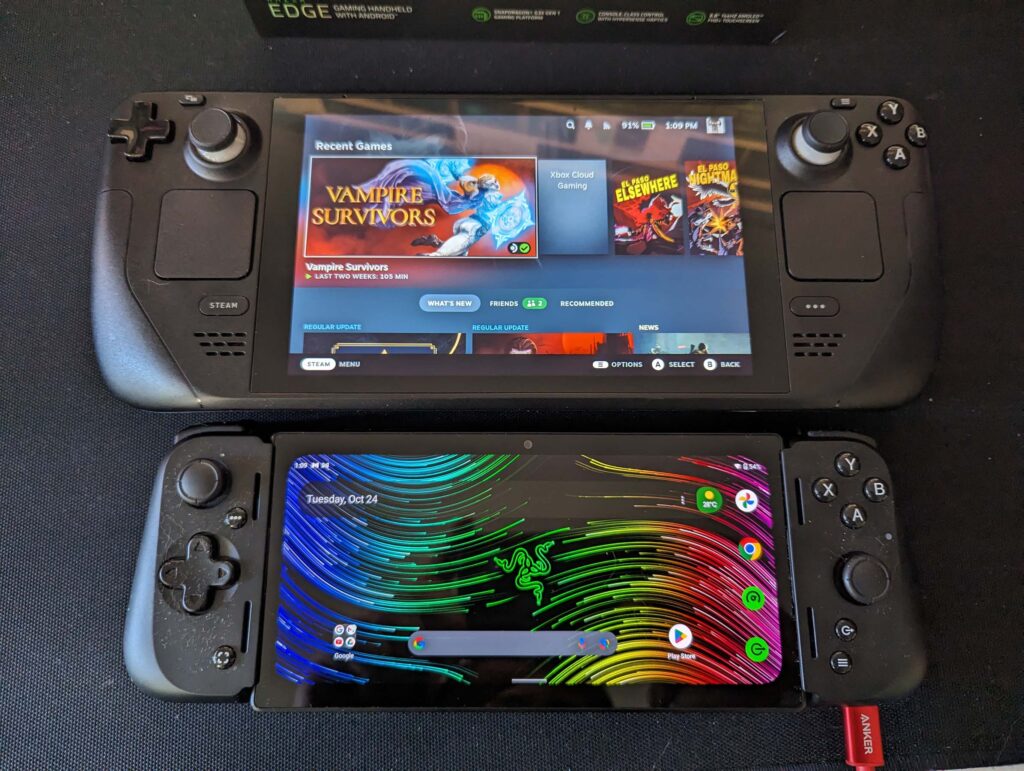
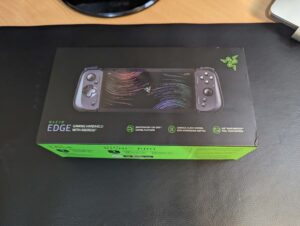
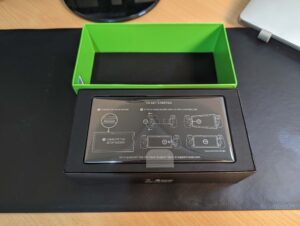
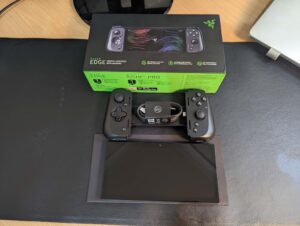
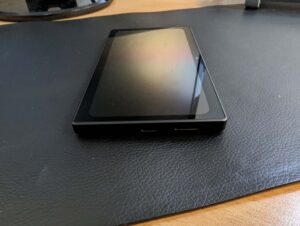
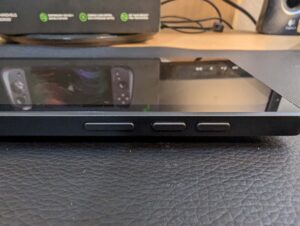
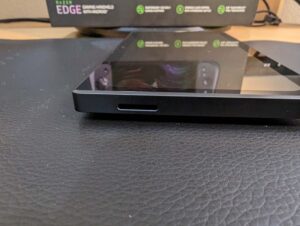
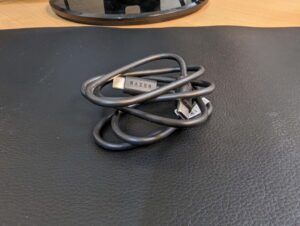
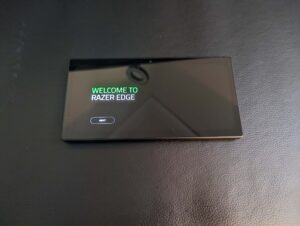
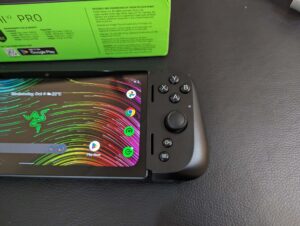
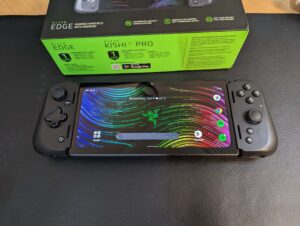
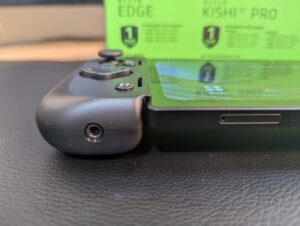
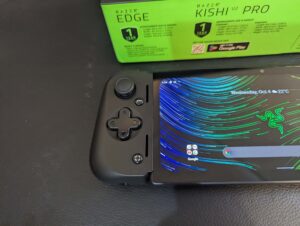
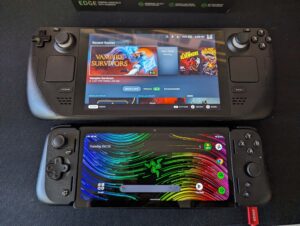
The Razer Edge is stacked with gaming versatility from a gaming perspective: Xbox Cloud Streaming, Steam Link, Parsec and the option to stream games from Xbox and PlayStation consoles. But I found those latter two apps unreliable, which is less a con for the Edge and more a reminder of how reliant you are on the software to play ball for the convenience and overall value of the Edge to truly shine through.
If you’re a competitive mobile gamer or sink lots of hours into controller-supporting landscape games, the Razer Edge is worth considering. If not, consider a cheaper Samsung Galaxy Tab A tablet with a Bluetooth controller or invest in a more versatile Steam Deck for greater handheld gaming versatility.
How we review handheld gaming consoles
Handheld gaming consoles are increasing in popularity, which means there are plenty of options out there. Initial testing starts with basic factors like included controls, layout, weight and comfort considerations. Setup should be a straightforward process and, ideally, a handheld gaming console is easy to use.
Configuration should be as easy as using a new PC or, better yet, closer to the Nintendo Switch in terms of user-friendliness. We spend time with the user interface to see how straightforward and logical everything is. The majority of review time is invested in gaming.
During tests, we pay attention to charging times and battery life. Outside of their main gaming function, handheld gaming consoles that encourage tinkering and offer straightforward versatility pathways are also appreciated.
Razer Edge frequently asked questions
Related Articles





